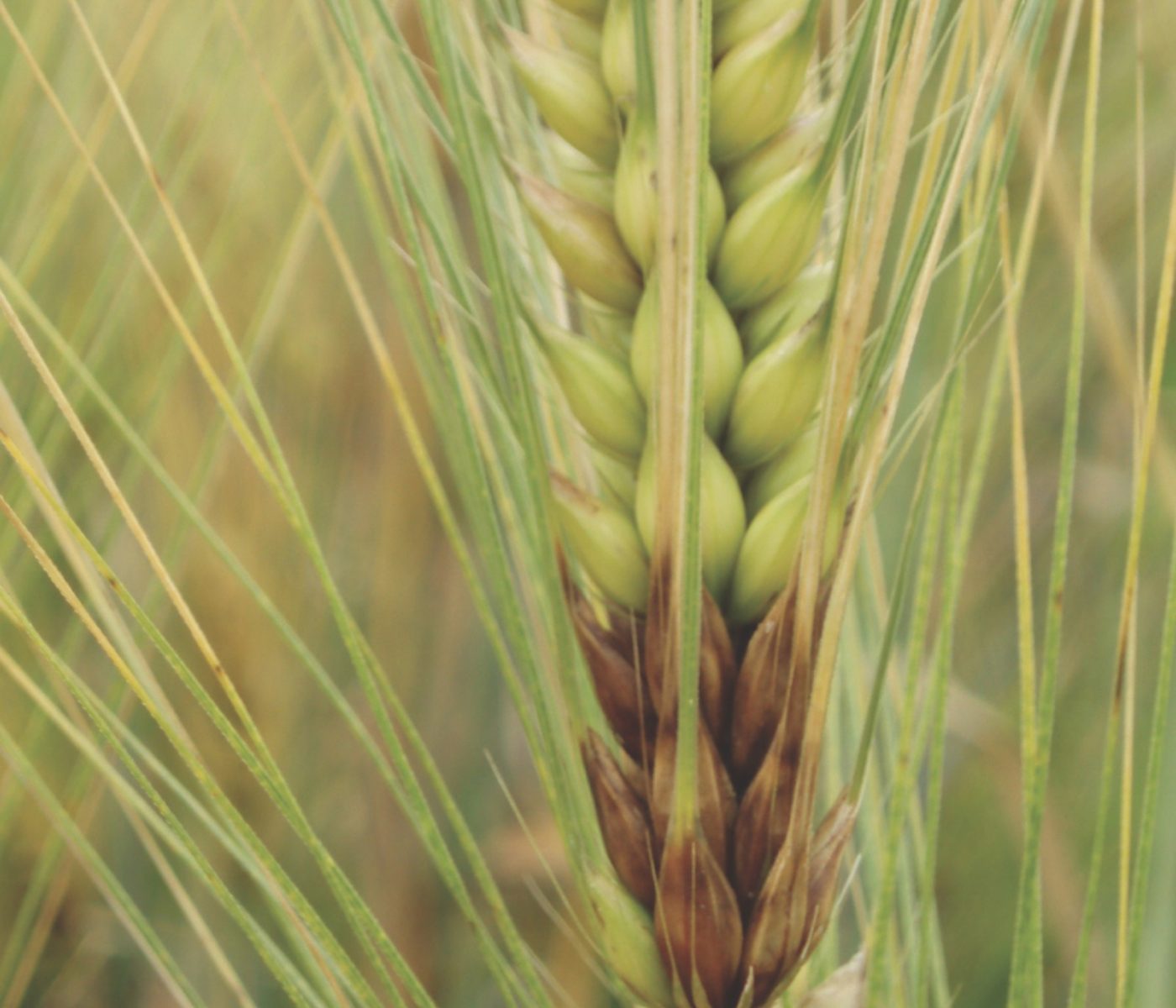 15 Apr 2024
15 Apr 2024
In the relentless battle against toxins that plague our food supply, a groundbreaking discovery has emerged from the laboratories of the University of Alberta. By harnessing the power of atmospheric cold plasma—a cutting-edge technology often associated with futuristic applications—researchers have unlocked a transformative method to combat harmful fungi-produced toxins in wheat and barley grains.
Led by Ehsan Feizollahi, a visionary in the realm of food science and technology, this pioneering research offers a beacon of hope for both the agricultural industry and consumers worldwide. The threat they’re targeting? Mycotoxins—sinister secondary metabolites that infiltrate over a quarter of the world’s grain yield annually, including staples like barley, wheat, and oats in Western Canada.
These mycotoxins aren’t just a nuisance to farmers, causing significant crop quality deterioration and financial losses; they also pose grave threats to human and animal health, ranging from debilitating diseases to potential fatalities. Yet, conventional methods of mycotoxin removal have fallen short, as these toxins stubbornly resist high-temperature treatments commonly employed in food processing.
Enter cold plasma—a revolutionary fourth state of matter with remarkable potential to revolutionize food safety. Under the guidance of Professor M.S. Roopesh, Feizollahi’s team explored the applications of atmospheric cold plasma, devising innovative techniques to combat mycotoxins effectively.
Through meticulous experimentation, Feizollahi successfully treated contaminated barley and wheat grains with cold plasma, achieving a commendable 54% reduction in two prevalent mycotoxins—zearalenone and deoxynivalenol. However, this is just the beginning. With further optimization, including variations in plasma type, treatment conditions, and duration, the potential for even greater toxin reduction looms on the horizon.
The benefits extend beyond mere toxin elimination. Feizollahi’s team discovered that cold plasma treatments not only enhance grain quality but also accelerate germination—a boon for the barley malting industry. By immersing barley in plasma-activated water, they achieved superior germination rates while simultaneously reducing toxin levels, safeguarding the integrity of downstream products like malt and beer.
Moreover, the environmental advantages of cold plasma cannot be overstated. Unlike chemical sanitizers, cold plasma leaves no harmful residues, making it a sustainable and eco-friendly solution for food processing. Additionally, the technology presents an opportunity to decontaminate water used in steeping processes, mitigating risks associated with pesticide residues and microbial contaminants.
As this groundbreaking research paves the way for commercialization, the University of Alberta offers licensing opportunities for interested parties. With further scaling and refinement, cold plasma technology holds immense promise not only for grain decontamination but also for broader applications in food safety and beyond.
In essence, Feizollahi’s work represents a watershed moment—a decisive step forward in the perpetual quest for safer, more sustainable food production. Through the convergence of science and innovation, cold plasma emerges as a potent ally in safeguarding our food supply, ushering in a new era of food safety and agricultural resilience.
Source: Folio
Subscribe now to the technical magazine of animal nutrition
AUTHORS

Nutritional Interventions to Improve Fertility in Male Broiler Breeders
Edgar Oviedo
The Use of Organic Acids in Poultry: A Natural Path to Health and Productivity
M. Naeem
Synergistic Benefits of Prebiotics and Probiotics in Poultry, Swine, and Cattle
Gustavo Adolfo Quintana-Ospina
Hybrid Rye Potential in Laying Hen Feed Rations
Gwendolyn Jones
A day in the life of phosphorus in pigs: Part I
Rafael Duran Giménez-Rico
Use of enzymes in diets for ruminants
Braulio de la Calle Campos
Minerals and Hoof Health in the Pregnant Sow
Juan Gabriel Espino
Impact of Oxidized Fats on Swine Reproduction and Offspring
Maria Alejandra Perez Alvarado